Restaurants are about more than just the food. Fine dining experiences focus on creating the perfect sensorial balance, carefully pairing the dishes provided with an atmosphere that suits
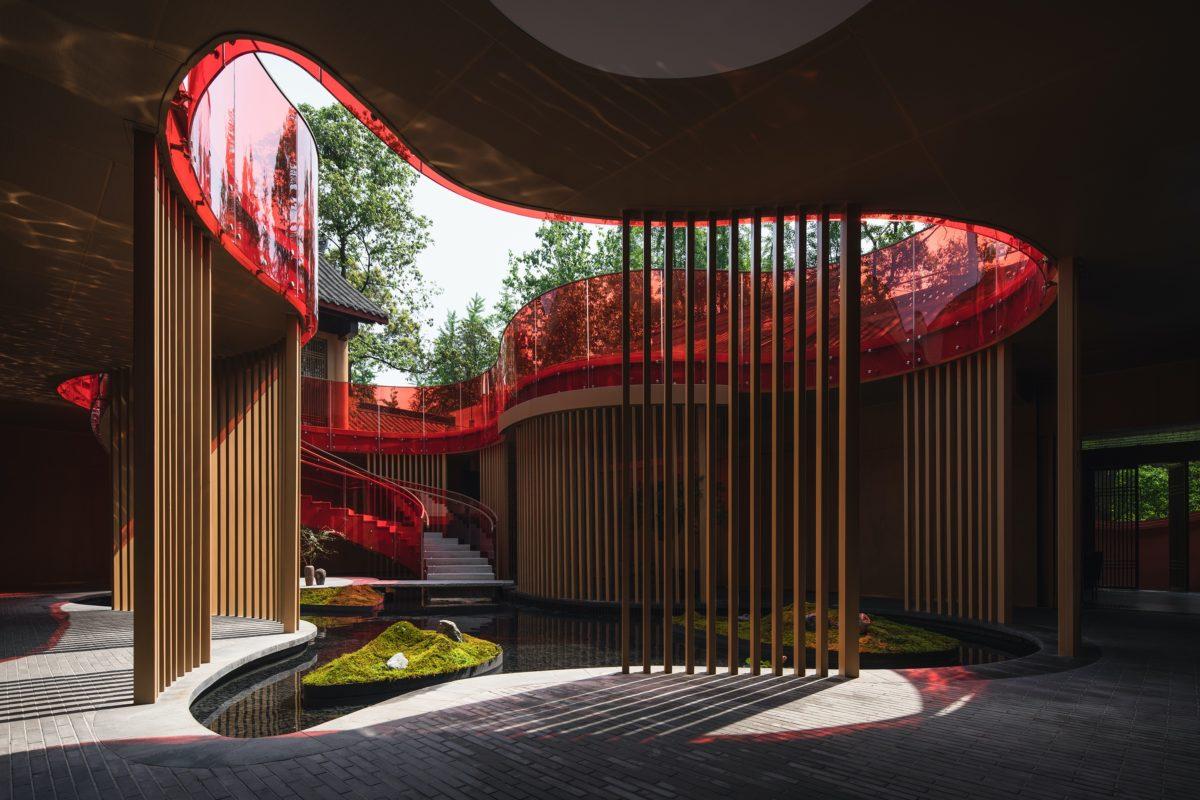 Photography by Here Space, He Chuan, featuring Kuansan Town Restaurant in Chengdu, China
Photography by Here Space, He Chuan, featuring Kuansan Town Restaurant in Chengdu, China
Words by Billy Picton
Those attuned to the architecture and design industry will be all too aware of this; there is no shortage of effervescent eateries across the world, and, there certainly seems to be an upward trend of rousing dining spots emerging as the creativity-stifling veil of Covid-19 slowly raises across the globe.
ICON presents 5 of our favourite intercontinental and design-led restaurants that have emerged during the course of 2022 (so far!).
 Photography courtesy of CLAP Studio featuring Baovan restaurant in Valencia, Spain
Photography courtesy of CLAP Studio featuring Baovan restaurant in Valencia, Spain
1. Baovan restaurant, Valencia, Spain
Technically completed in 2021, but popularised in 2022, Baovan restaurant realised by Spanish design firm CLAP Studio features round and crescent shapes throughout the space inspired by the shape of bao buns. Baovan is a brand with heavy connotations to the sea, evident of its company slogan “Beers, beach and baos”.
The space itself is divided into three areas; The Forest, The Beach and a hidden area reserved for 10 people where visitors may dine underneath the moonlight. The project also features a recreated ceiling of clouds that reflect the lights of the ever-changing sunset.
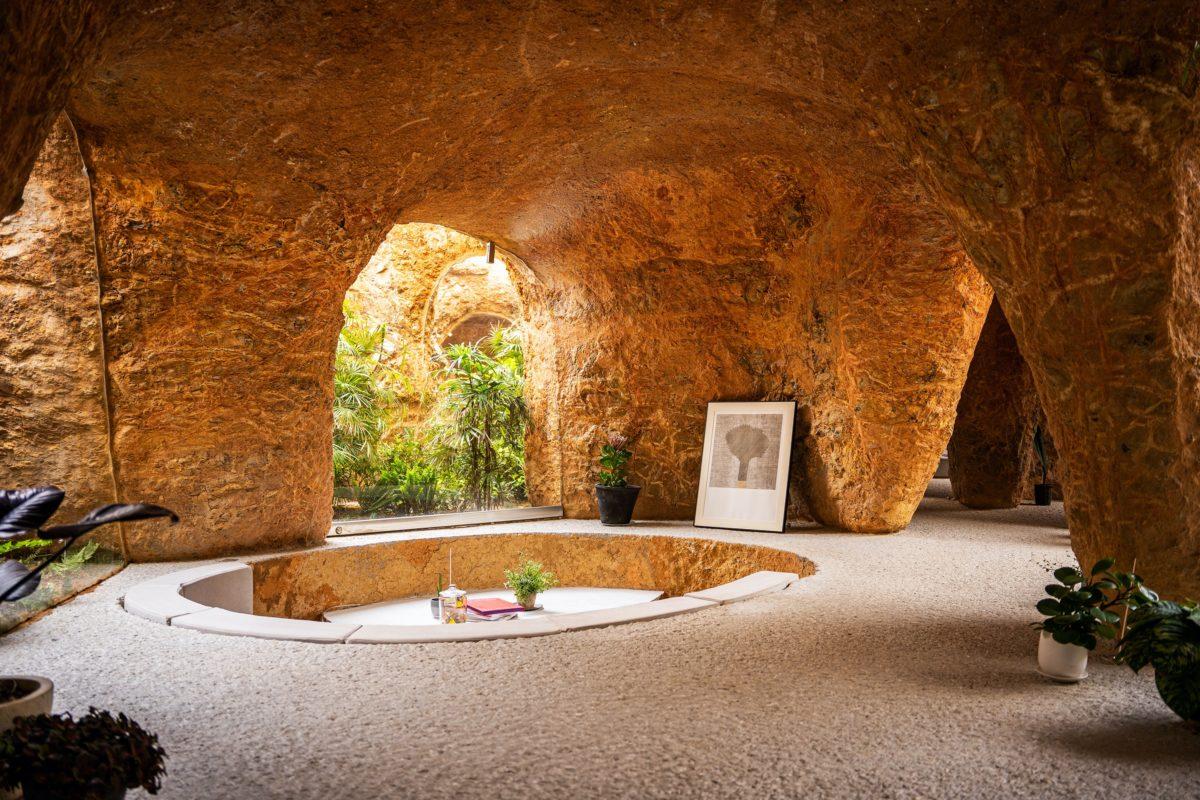 Photography courtesy of Junya Ishigami + Associates featuring Maison Owl in Ube, Japan
Photography courtesy of Junya Ishigami + Associates featuring Maison Owl in Ube, Japan
2. Maison Owl, Ube, Japan
Maison Owl, designed by Junya Ishigami + Associates, is both a restaurant and dwelling emulating a cave-like space in Yamaguchi, Japan which expresses the organic and roughness found within nature.
The artificially made construct (carved in-part by nature) was created by digging a hole into the ground, pouring concrete in, excavating the remaining volume and then fixing glass to create the interior space.
After closing hours, the walkways are transformed into an area in which children can play and study – completely utilising the underground space.
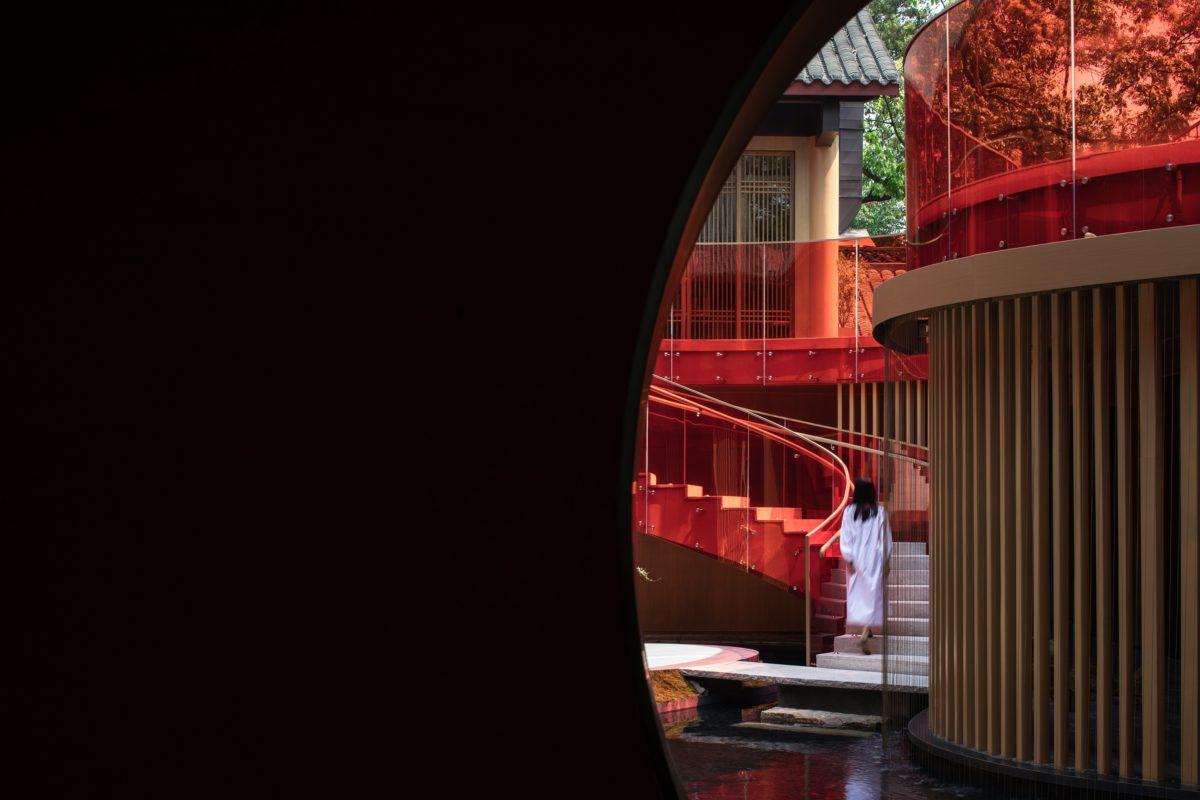 Photography by Here Space, He Chuan, featuring Kuansan Town Restaurant in Chengdu, China
Photography by Here Space, He Chuan, featuring Kuansan Town Restaurant in Chengdu, China
3. Kuansan Town Restaurant, Chengdu, China
A project brought to life by MUDA-Architects, Kuansan Town restaurant is inspired by the ancient Chinese philosophy of Daoism and century-old cultural heritages. A thematic meandering red wall courses through the space, guiding visitors towards the view of a neighbouring valley setting.
The restaurant also features a water featured courtyard which follows the fundamental Daoist philosophy of non-wilful action – ‘any human tampering with the flow of reality will be reverted to what is natural’. The use of wooden tones and a warm-white colour palette is apparent within the interior space.
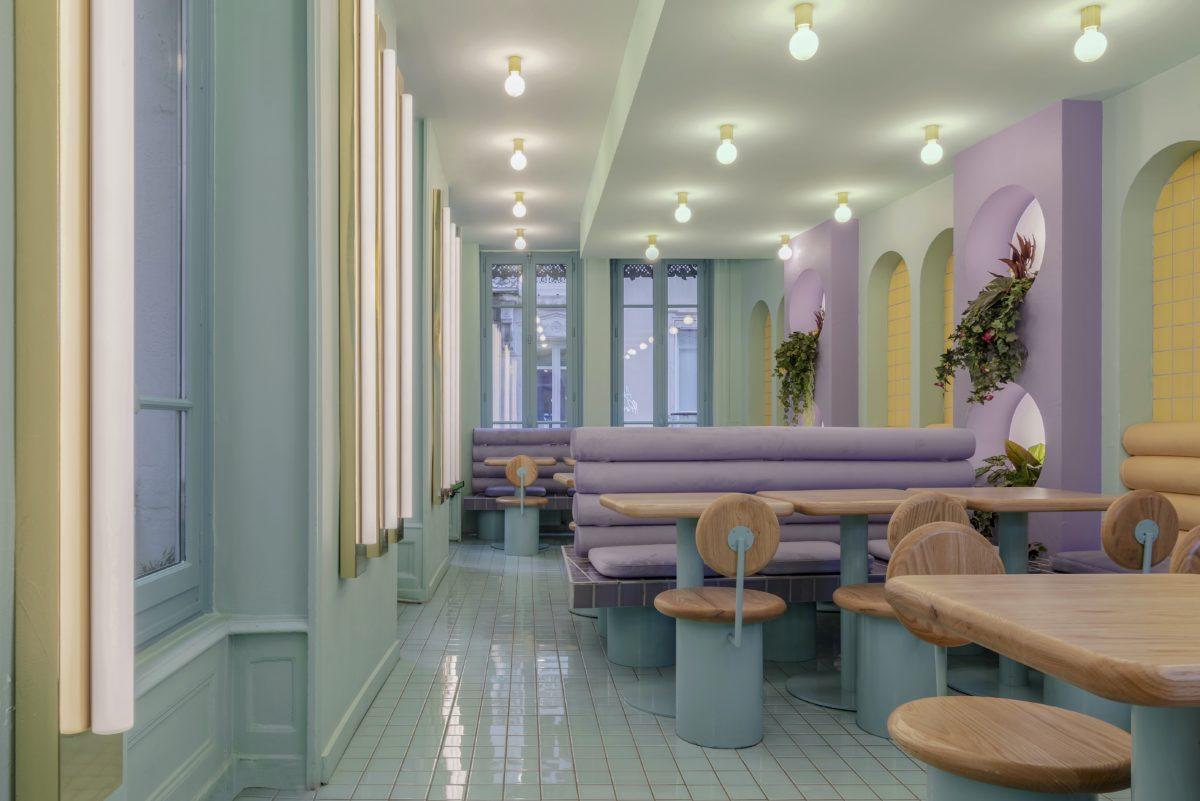 Photography by Gregory Abbate featuring Piada in Lyon, France
Photography by Gregory Abbate featuring Piada in Lyon, France
4. Piada, Lyon, France
Soft pastel hues, rolling arches and playful wooden elements form Piada’s second eatery in the heart of Lyon. Closely following the aesthetics of Piada’s first rendition which opened in 2018, Spanish design studio Masquespacio sought to explore the restaurant chain’s Italian heritage through the use of traditional elements and natural ingredients.
The integration of arches, gold-clad columns and lush greenery (to name just a few features) is reminiscent of traditional bars found in Italy, whilst also encompassing the bold colour schemes we’ve grown accustomed to from the Spanish design agency.
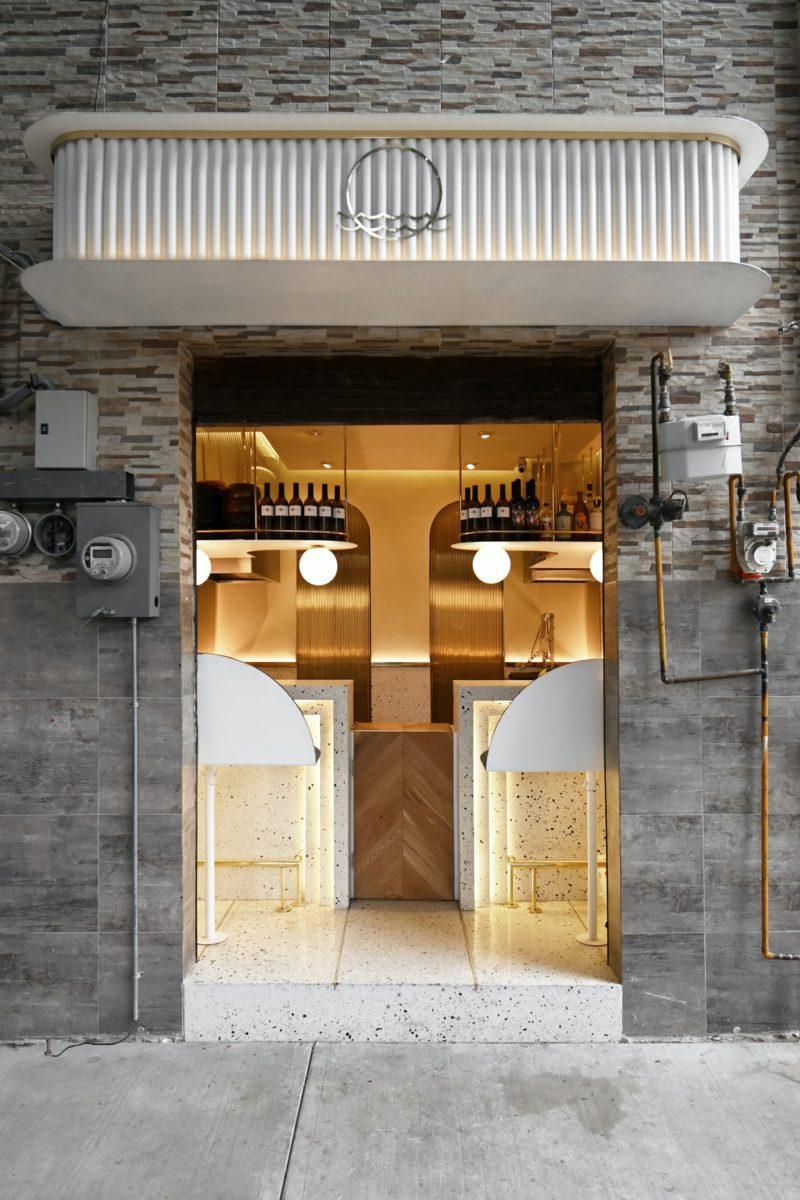
5. Pargot Restaurant, Mexico City, Mexico
Located in the Roma Norte neighbourhood of Mexico City, Pargot Restaurant by Studio RA! is 10 sq m project that merges seafood gastronomy with the traditional architecture of its surrounding environment. Reminiscent of the Art Deco movement of the 1920s, Pargot is largely a symmetrical space with a fine balance between colour and geometry.
Pictured is the front of the restaurant, which features two parakeets and high bars that flare out to accommodate four diners. The floor, low walls and bars are adorned in a white concrete micro terrazzo, with blue, yellow and grey stones chosen to reflect the natural colour palette of Mexican beaches.
Get a curated collection of design and architecture news in your inbox by signing up to our ICON Weekly newsletter


















